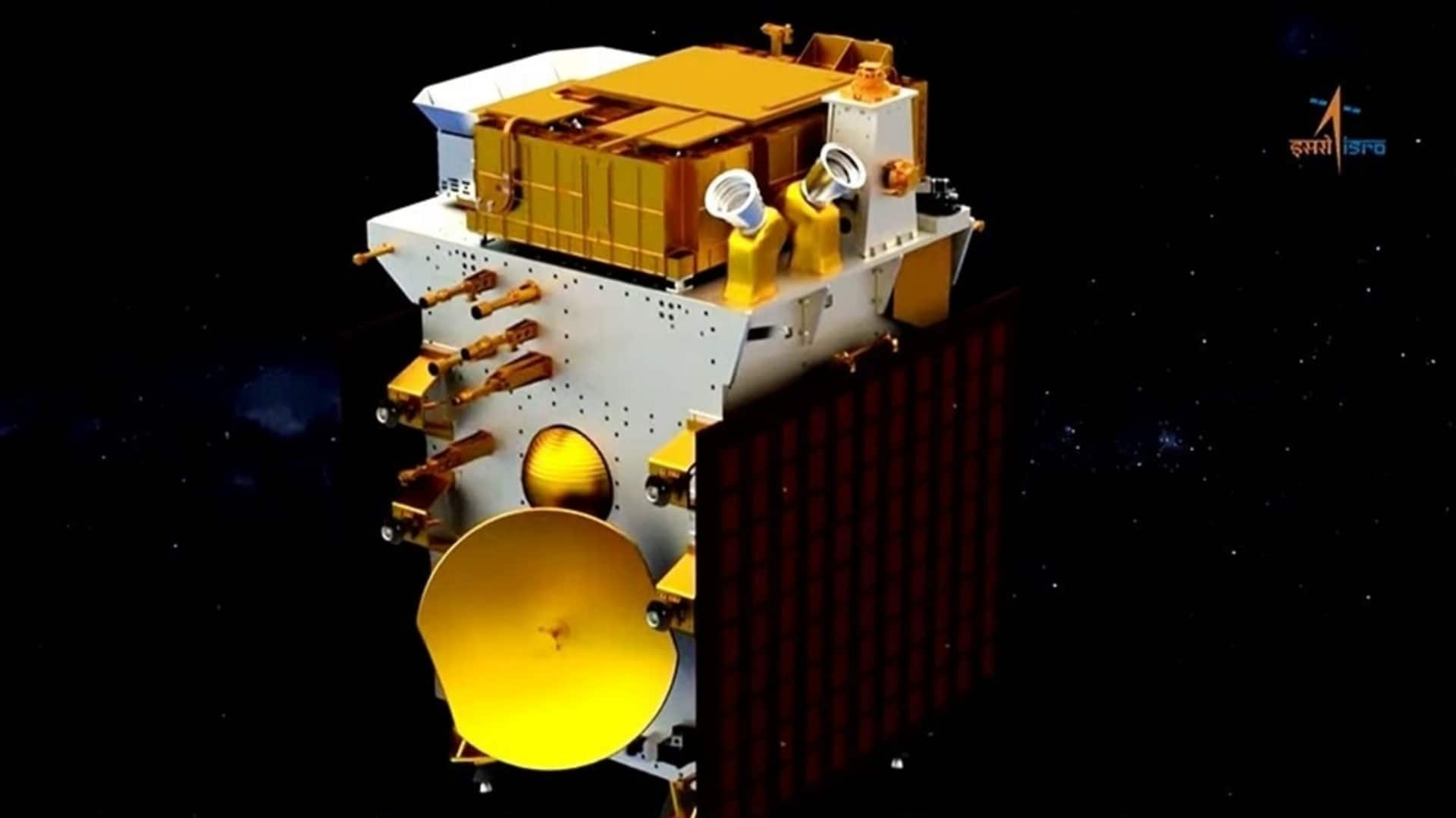
Aditya-L1 mission: ISRO fixes trajectory of spacecraft heading toward Sun
What's the story
India's first solar space observatory, the Aditya-L1, is now on its way to the Sun-Earth Lagrange Point-1 (L1), around 1.5 million kilometers from Earth. So far, the mission has gone off without a hitch, and it is expected to mark yet another major space milestone for the country. That said, the Indian Space Research Organisation (ISRO) has now revealed that a small tweak was made to the spacecraft's course on Friday (October 6) to ensure it stays on track.
Details
Trajectory Correction Maneuver performed for 16 seconds
On Friday (October 6), the Aditya-L1 spacecraft carried out a Trajectory Correction Maneuver (TCM) to stay on course after a previous operation called Trans-Lagrangian Point-1 Insertion (TL1I) on September 19, 2023. The TCM was a quick 16-second maneuver that ensured Aditya-L1 was on the right path toward its orbit around L1. The spacecraft is healthy, and its magnetometer will be turned on again soon, said ISRO.
Twitter Post
Take a look at ISRO's official post
Aditya-L1 Mission:
— ISRO (@isro) October 8, 2023
The Spacecraft is healthy and on its way to Sun-Earth L1.
A Trajectory Correction Maneuvre (TCM), originally provisioned, was performed on October 6, 2023, for about 16 s. It was needed to correct the trajectory evaluated after tracking the Trans-Lagrangean…
Scenario
Journey beyond Earth's influence
On September 30, Aditya-L1 successfully traveled over 9.2 lakh kilometers from Earth, breaking free from our planet's gravitational pull. This achievement marks the second time ISRO has sent a spacecraft beyond Earth's influence, with the first being the Mars Orbiter Mission. Aditya-L1 has covered more than 10 lakh kilometers in space so far and is expected to reach Lagrange Point-1 in early January next year, according to Project Director Nigar Shaji.
Insights
Significance of Lagrange Point-1
Shaji has further explained the significance of Lagrange Point-1. In a conversation with Aaj Tak, she stated, "We are going to L1 for the first time. It's an imaginary point where the gravitational pull of the Sun and Earth balances. The spacecraft needs to balance between the pull of the Sun and Earth, which is a real challenge. It's like balancing a ball on top of a hill." This delicate balance will be key to the mission's success.
Facts
Objectives of Aditya-L1 mission
The main goal of the Aditya-L1 mission is to study the Sun closely. Indian Institute of Astrophysics Director Dr. Annapurni Subramaniam has also highlighted the importance of this mission. It aims to investigate the Sun's behavior, coronal mass ejections, coronal heating, and temperature differences between the surface and corona. It is also vital to understand factors affecting the Sun's solar wind, which has a significant impact on our planet.